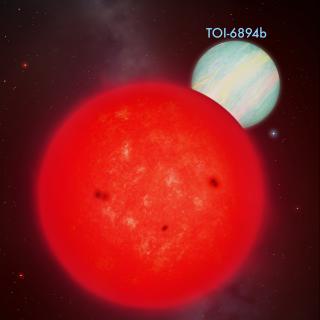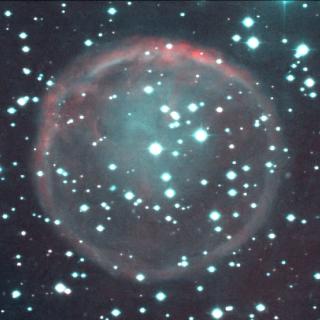Accretion disks around compact objects are expected to enter an unstable phase at high luminosity. One instability may occur when the radiation pressure generated by accretion modifies the disk viscosity, resulting in the cyclic depletion and refilling of the inner disk on short timescales. Such a scenario, however, has only been quantitatively verified for a single stellar-mass black hole. Although there are hints of these cycles in a few isolated cases, their apparent absence in the variable emission of most bright accreting neutron stars and black holes has been a continuing puzzle. Here we report the presence of the same multiwavelength instability around an accreting neutron star. Moreover, we show that the variability across the electromagnetic spectrum—from radio to X-ray—of both black holes and neutron stars at high accretion rates can be explained consistently if the accretion disks are unstable, producing relativistic ejections during transitions that deplete or refill the inner disk. Such a new association allows us to identify the main physical components responsible for the fast multiwavelength variability of highly accreting compact objects.
Advertised on
Authors
J. Neilsen
A. J. Tetarenko
Y. Cavecchi
N. Castro Segura
S. del Palacio
J. van den Eijnden
G. Vasilopoulos
D. Altamirano
Montserrat
Armas Padilla
C. D. Bailyn
T. Belloni
D. J. K. Buisson
Virginia Anahi
Cúneo
et al.
References



